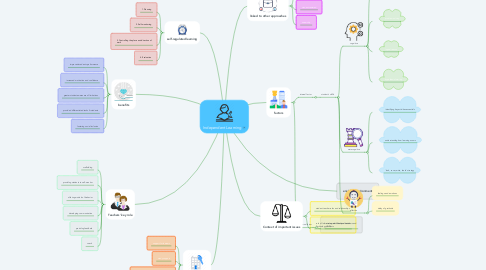Independent Learning
создатель Karren Mae Herrera


1. self-regulated learning
1.1. 1. Planning
1.2. 2. Self-monitoring
1.3. 3. Controlling the place and direction of work
1.4. 4. Evaluation
2. benefits
2.1. improved academic performance
2.2. increased motivation and confidence
2.3. greater student awareness of limitations
2.4. provided differentiated tasks fir students
2.5. fostering social inclusion
3. Teachers' key role
3.1. scaffolding
3.2. providing students to self-monitor
3.3. offering models of behavior
3.4. developing communication
3.5. providing feedback
3.6. coach
4. School's key role
4.1. support for learners
4.2. study support
4.3. empowering students to self-regulation
4.4. student voice
5. enabling environment
6. linked to other approaches
6.1. personalization
6.2. student-centered
6.3. ownership
7. factors
7.1. internal factor
7.1.1. student's skillls
7.1.1.1. cognitive
7.1.1.1.1. memory and attention
7.1.1.1.2. problem-solving
7.1.1.1.3. logical reason
7.1.1.1.4. hypothesis forming
7.1.1.2. metacognitive
7.1.1.2.1. identifying key activities essentials
7.1.1.2.2. understanding how learning ocuurs
7.1.1.2.3. 'look, cover, write, check' strategy
7.1.1.3. affective
7.1.1.3.1. feelings and emotions
7.1.1.3.2. delay of gratitude
7.2. external factor
7.2.1. strong relationship of teachers and students
